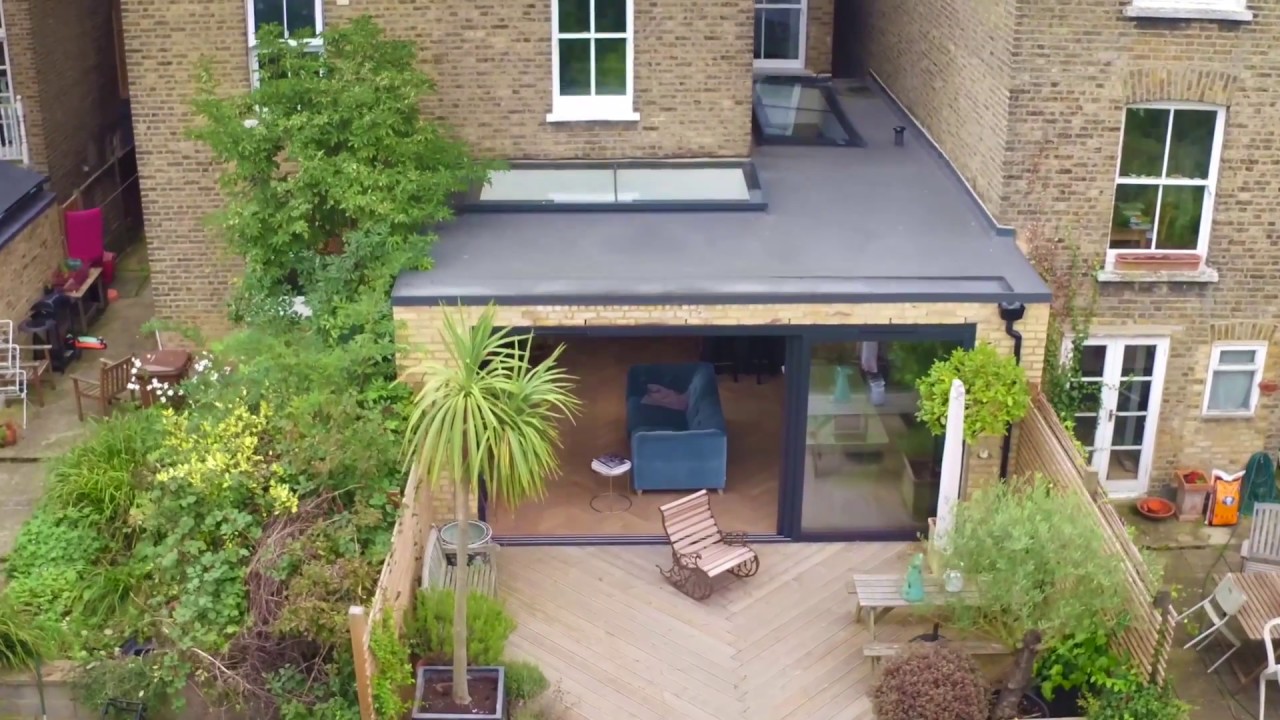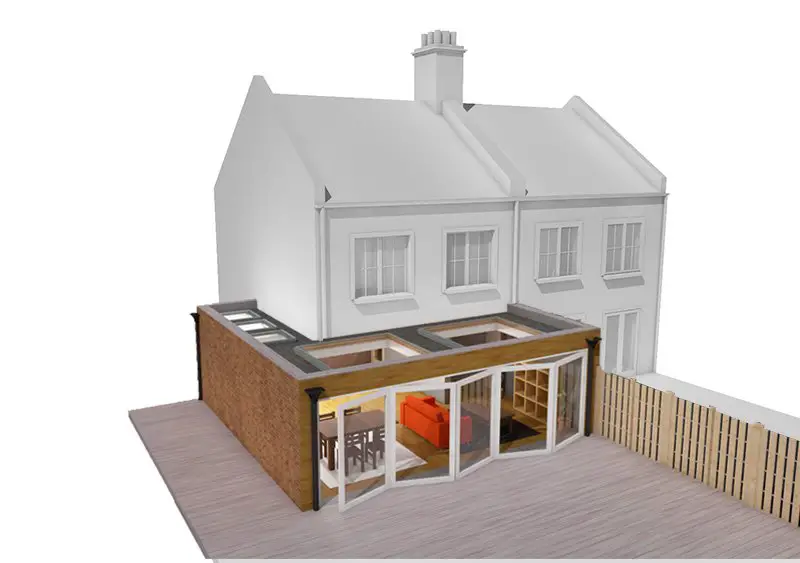
Everything there is to know about wraparound extensions
A wraparound extension is a great way to add space to the rear of the house for an open-plan design. Here’s what you need to know.
What is a wraparound extension?
Wraparound extensions are essentially a hybrid of side and rear extensions which form an L-shape at the back of the property. By maximising the space to the side and extending to the rear, the wraparound extension gives you an impressive extension that will transform how you live.
Why choose a wraparound extension?
With this type of extension, you can extend into the side alley of your house, if you have one. Meaning you won’t have to extend that far into your garden, which is ideal for people who have a small outside area.
Here are some other advantages of an L-shape extension:
- Opens up your kitchen area
- Brings more light into your home
- Plenty of design options
- Allows better connection to the garden
- Allows space for new rooms.
Would you need planning permission?
It is likely that you would need planning permission for a wraparound extension. While a small side return extension and a rear extension may be possible under permitted development, there might be restrictions for joining them together.
Permitted development rules that would apply to both the side and rear elements of wraparound extensions include:
- You can extend a detached property by 8m to the rear if it’s a single-storey extension. (6m for a semi or terraced house)
- An extension must not result in more than half the garden being covered
- Side extensions can only be single storey with a maximum height of 4m and a width no more than half of the original building.
How much do they cost?
There is no set price for a wraparound extension because every project is different and the costs vary. Averagely in London, you are looking at paying around £75,000 to £145,000, and outside of London, you can expect to pay £60,000 to £120,000.
A few factors which will vary the prices are:
- Materials used. Some materials are more expensive to build with, due to their quality and accessibility.
- Structural work. The more structural work you have for your project will increase the construction budget.
- Contractors. Individual contractors are cheaper. However, they can be slower without the access to additional resources and relationships that you would like larger companies.






